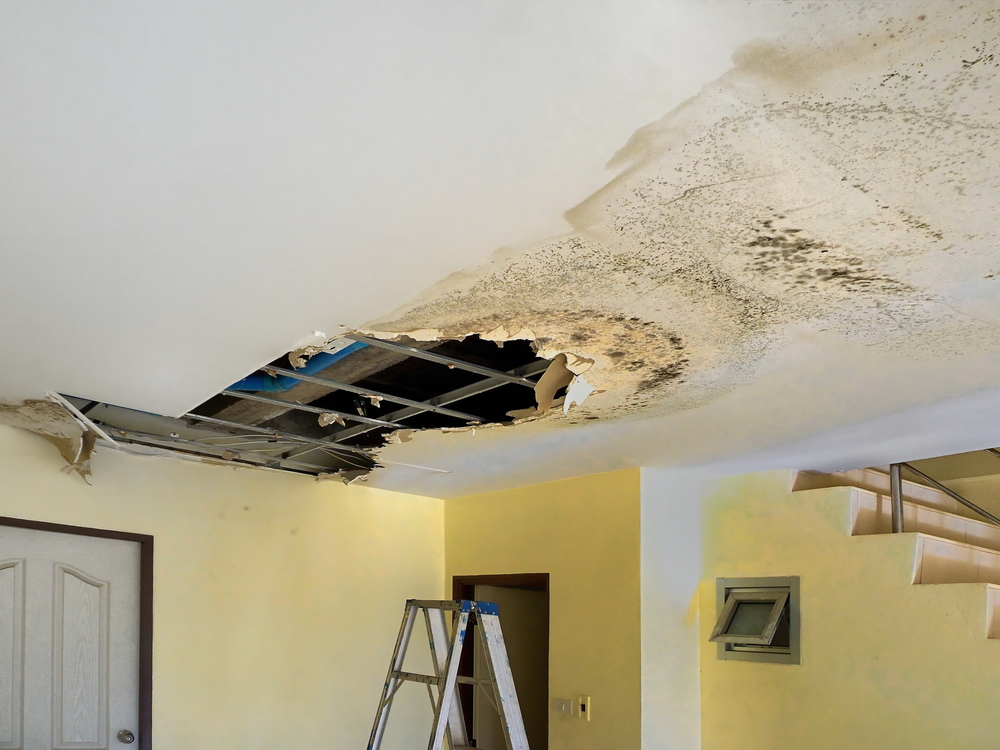Are you trying to find insight around Finding hidden leaks?

Early detection of leaking water lines can alleviate a prospective disaster. In addition to conserving you money, it will decrease the stress as well as aggravation. The moment you discover a leak, calling your plumber for repair services is the most effective solution. Some little water leakages may not be visible. Right here are some hacks that help if you can not detect it with your naked eyes.
1. Take A Look At the Water Meter
Every home has a water meter. Inspecting it is a guaranteed way that helps you discover leaks. For beginners, switch off all the water resources. Ensure nobody will flush, use the faucet, shower, run the washing maker or dishwashing machine. From there, most likely to the meter as well as watch if it will certainly change. Given that no one is using it, there must be no motions. If it relocates, that suggests a fast-moving leak. Likewise, if you identify no changes, wait an hour or more and check back once again. This suggests you may have a sluggish leakage that might also be underground.
2. Examine Water Consumption
If you find unexpected changes, regardless of your consumption being the exact same, it implies that you have leaks in your plumbing system. An abrupt spike in your bill indicates a fast-moving leakage.
A consistent boost every month, even with the exact same practices, shows you have a slow leakage that's likewise gradually escalating. Call a plumber to completely check your residential or commercial property, particularly if you really feel a cozy area on your floor with piping underneath.
3. Do a Food Coloring Examination
30% comes from toilets when it comes to water consumption. Test to see if they are running appropriately. Drop flecks of food shade in the storage tank as well as wait 10 mins. There's a leak in between the storage tank and also dish if the color somehow infiltrates your dish during that time without flushing.
4. Asses Exterior Lines
Don't neglect to inspect your outdoor water lines too. Ought to water seep out of the link, you have a loose rubber gasket. One tiny leakage can waste bunches of water and spike your water expense.
5. Assess the circumstance as well as check
Home owners need to make it a habit to check under the sink counters and even inside cabinets for any bad odor or mold development. These two red flags indicate a leak so punctual interest is needed. Doing regular evaluations, even bi-annually, can save you from a significant trouble.
Check for discolorations as well as weakening as most pipelines and home appliances have a life expectancy. If you presume dripping water lines in your plumbing system, do not wait for it to intensify.
Early discovery of dripping water lines can mitigate a possible disaster. Some small water leakages may not be visible. Examining it is a surefire way that helps you uncover leakages. One little leakage can squander bunches of water and spike your water expense.
If you presume dripping water lines in your plumbing system, don't wait for it to escalate.
How to Know If Your Home Has a Hidden Leak
Water Meter Reveals Inexplicable Water Usage
If you’d like to test whether or not there’s a leak somewhere in your home, you can do this using your water meter. Here is how to conduct the test:
Don’t use any water in your home for at least 30 minutes; this also means not turning on faucets or water-using appliances.
Go outside, and check your water meter for activity.
If your water meter shows that there was activity, even though no one was using any water, this proves that there is a leak in your home.Visible Mold or Mildew Growth
Leaks behind walls create moist, dark environments that allow mold and mildew to grow and thrive. Eventually, you might see mold growth forming on the wall closest to a hidden leak.
If mold is growing in an area that receives a high amount of moisture, such as a bathroom, it may simply be an indication that better ventilation is needed. However, if you see mold growth on a wall or the ceiling in an area where you would not expect, you probably have a hidden leak.
Musty, Mildew Odor
Sometimes you might not be able to see the mold or mildew that is growing as a result of a leak. However, the smell can give the problem away just as easily. If you catch a whiff of something musty, there’s a good chance that old water is collecting somewhere in your home that you can’t see.
Stained/Warped Walls, Ceilings, or Floors
When your home soaks up water, a variety of red flags can become visible, including ceiling stains, bubbling drywall, warped walls, and sagging floors. While these issues can be caused by excess humidity, they can also be signs that a pipe or plumbing connection has started leaking behind your walls.
Inexplicably High Water Bill
After a while, you get a general sense for what your water bill should be. If you own a pool or sprinkler system, your bill will tend to be higher during summer. However, if you receive a water bill that seems especially high, and you can’t figure out what caused it, then you may have a hidden leak somewhere that’s increasing your bill.
https://www.plumbingjoint.com/blog/2019/july/how-to-know-if-your-home-has-a-hidden-leak/

I was brought to that write-up on Leaking water lines through a friend on a different website. Are you aware of anybody else who is looking into the subject? Feel free to promote it. We recognize the value of reading our article about Finding hidden leaks.